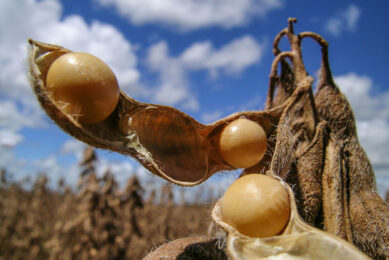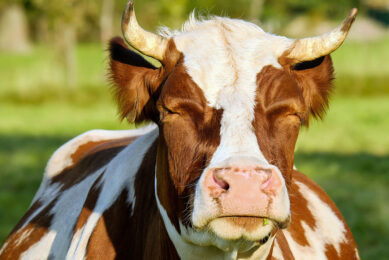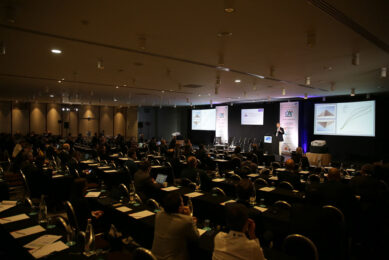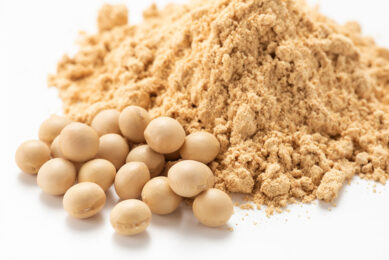Russian feed sector demands domestic oilseeds
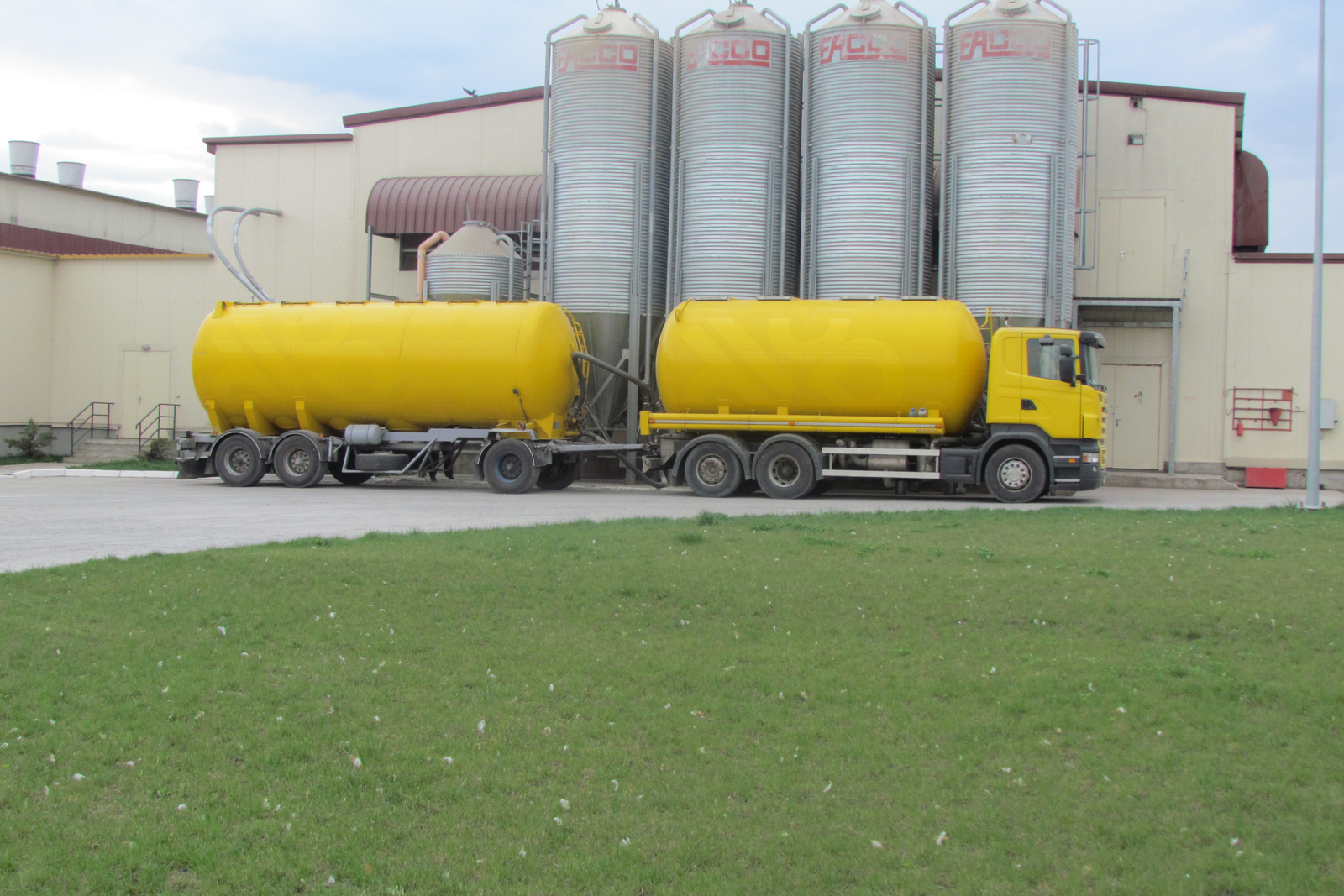
A new subprogramme for the development of oilseed production in Russia might give the domestic feed industry a real boost. This was stated in an open letter from the Russian Union of Feed Producers (RUFP) and a number of other industry associations, which was sent to the Russian President Vladimir Putin.
According to representatives of RUFP, Russia is currently suffering from a lack of oilseeds. As a result, the share of grains used in feed formulation is still very high (70%). Adopting a subprogramme for the development of oilseeds should therefore help in reducing this share to about 30-35%. RUFP wants to boost the volume of oilseed meal production from the current 4.5 million tonnes per year to 15 million tonnes per year. This gives feed formulators room to increase the use of oilseeds in the diets of pigs and cattle from 10% to 30%, and from 2-5% to 15-18% in poultry feed diets. Producing more domestic volumes of oilseeds means that prices can be more competitive compared to imported palm oil, which will profit both the feed and food industries.
Palm Oil: 80% of Russia’s fat-and-oil imports – very distrubing
Over the last years, Russia has increased its imported volume of palm oil. According to data from the Russian State Statistical Service, 889,000 tonnes were imported in 2015. This was an increase of 25.8% compared to 2014. In 2016 growth continues, and in the period January-May, Russia has imported 365,000 tonnes of palm oil, which is an increase of 21.8% compared to the previous year. As a result, palm oil makes up 80% of the total Russian import of all types of fat-and-oil products. At the end of 2015, the Russian State Duma proposed to fully ban the use of palm oil in the Russian food and feed industries, as well as a ban on the use of GMO crops. This led to a big discussion and the proposal was refused by the authorities. Viktor Semenov, Chairman of Agribusiness Committee at the Russian Chamber of Commerce explains: “Palm oil is putting pressure on the animal feed industry in the country. We are too dependent on imports of this crop and it also puts pressure on our export status. This situation is very disturbing.”
Potential of unused land
Yuri Morozov, member of the board on Agro-Industrial Complex at the Council of Federation, claims that these high volumes of palm oil imports are not needed. “Our country has a lot of potential to grow oilseed crops. According to conservative estimates, we have about 20 million hectares of unused arable land and according to Federal Agency for Scientific Organizations this land can be used for the cultivation of oilseeds, which will ensure the production of oilcakes and meals with qualities comparable to soybean cakes and meals,” he said. This land can also be used to grow non-conventional oilseed species, including camelina, rapeseed and mustard.
Changing diet formulation
Russian feed industry associations are now actively trying to convince the Chambers of the Russian Parliament to sign some sort of bill, which will improve profitability of oilseed production in the country. The commitment of the Russian government on this topic will profit feed manufacturers as they can use more domestic raw materials as ingredients for livestock feed. According to information from RUFP, Russia is producing:
- nearly 2.6 million tonnes of sunflower meal,
- nearly 1.4 million tonnes of soybean meal and
- 400,000 tonnes of rapeseed meal per year.
Despite high domestic demand, the Russian feed industry only consumes 70% of all oilseeds, as the rest is exported. This is because after the devaluation of the Russian rouble in 2014, export became much more attractive. According to the President of RUFP, Valery Afanasiev, the Russian demand for feed production will rise from the current 25 million tonnes to nearly 30 million tonnes in 2020 and 40 million tonnes by 2025. According to his estimations, it is the feed industry’s goal to decrease the share of grain in the diets by 6-10%.
Better feed conversion ratios (FCR)
According to RUFP estimations, a reduction of the share of grain in feed should also lead to improvement of feed conversion ratios (FCR). For instance, in 1985, in Soviet Union feed conversion was 2.5 kg feed per 1 kg of live weight gain of poultry. In 2015 it was already 1.3 kg of feed per 1 kg of live weight. It is expected that by 2025, this should amount to 1:1. According to Afanasiev, the only way to achieve this is by optimising the diet formulation. Next to the shift to local oilseed products, this also means that they should use more corn. At the moment, nearly 70% of all feed grain in Russia is wheat. The shortage of corn for the Russian feed industry is about 12 – 15 million tonnes. According to the letter sent to the Russian president, the investment in growing more oilseeds can also improve feeding technologies, improve agriculture in Russia and hence improve the export possibilities. The Russian government is preparing a strategy to support the agricultural industry for the period of 2017-2025 and it is likely that oilseed production will be included as a priority. This will also mean that there will be money available for development.




